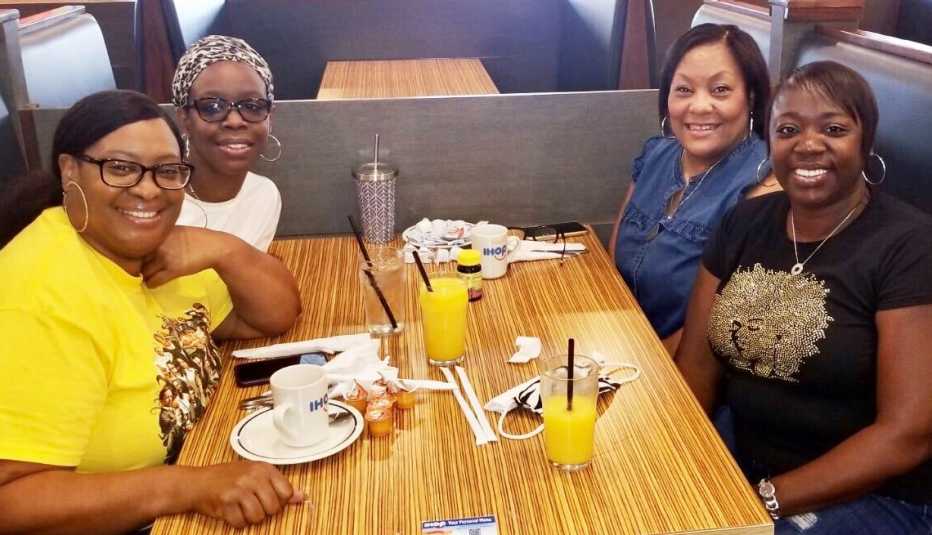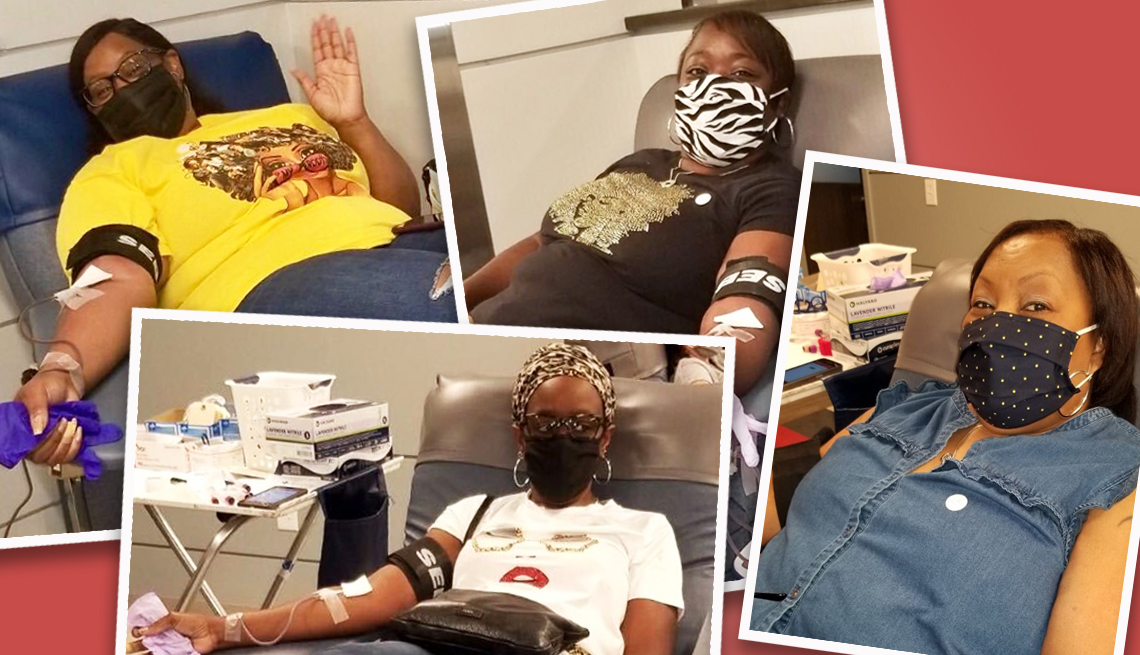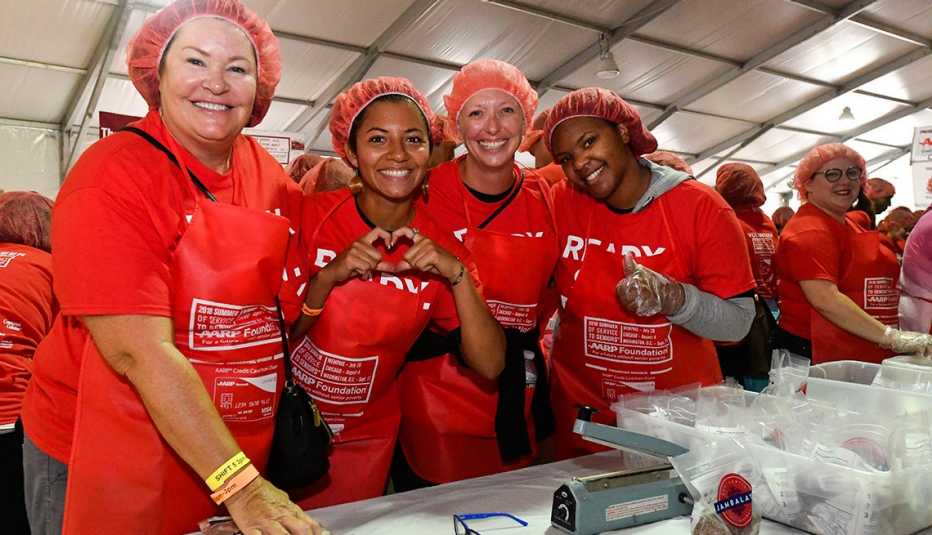Staying Fit
Twannia Gay of Alexandria, Virginia, celebrates her days out with girlfriends a little differently than might be expected.
Every eight weeks, Gay and her friends meet up for an early breakfast and to catch up with one another before donating blood as a group. It's a tradition the women have kept up for years — and they have no intention of stopping anytime soon.


AARP Membership— $12 for your first year when you sign up for Automatic Renewal
Get instant access to members-only products and hundreds of discounts, a free second membership, and a subscription to AARP the Magazine.
"Once I educated myself on the importance of donating blood, that was my driving point,” says Gay, 50, who has donated blood to the American Red Cross nearly every eight weeks for 20 years, starting when she was in her late 20s.
The tradition of breakfast-and-donation days came about several years after Gay began donating by herself. One by one, she persuaded her friends Teena Leach and Victoria Steveson, along with older sister Pamela McGraw, to join her and donate as often as they could (donors are required to wait eight weeks, or 56 days, between standard blood donations because of the time it takes for red blood cells to be replaced after donating).


What to Know About Donating Blood
It is still safe to give blood during the coronavirus pandemic, and donations are needed. Here's what you should know.
- Blood donors must be at least 17 years old in most states, weigh at least 110 pounds and be in good health.
- Eligibility requirements related to medical conditions, travel to certain countries, and other factors may apply.
- For a full list of donor criteria or to make an appointment near you, visit redcrossblood.org.
"People who donate every 56 days are far and few between,” says Yvette Miller, M.D., executive medical director for the American Red Cross’ Donor and Client Support Center, and they account for just 1 percent of the organization's whole blood donor base. The average donor, she says, gives blood about twice a year.
But the need for donations is constant, Miller says, particularly now after early coronavirus-related lockdowns, which caused donations to drop precipitously as blood-drive venues like workplaces and schools shut down and thousands of scheduled drives were canceled across the country.



































































